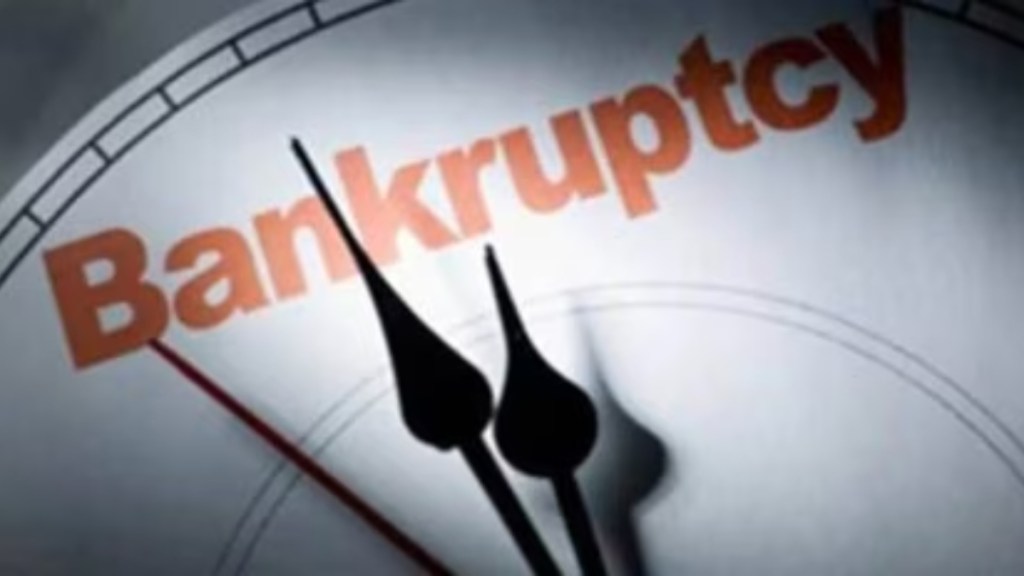With more cases getting the nod for resolution plans from the National Company Law Tribunal (NCLT), the Insolvency and Bankruptcy Code (IBC) has reached the highest ever resolution in the fiscal year 2024. It is anticipated that the surge in the cases is due to greater investor interest in turnaround of stressed assets as seen in the resolution plan submissions. In addition to this, the appointment of new NCLT members has also aided in a higher number of resolution cases. However, the moderation in recovery rates and stretched timelines played spoilsport.
As per a report by CRISIL, there has been a growth of 42 per cent to 269 cases getting nod in FY24 as compared to 189 cases in FY23. The report further unveiled that among these 269 cases, about 88 per cent are from the backlog admissions of previous years.
Talking about the report, Mohit Makhija, Senior Director, CRISIL Ratings, said, “The higher case resolution momentum is a result of continuous efforts to improve the resolution throughout rate of IBC through structural reforms, the most prominent being the appointment of 15 additional NCLT members in the later part of fiscal 2023.”
Interestingly, when it comes to recovery rate, the year FY24 saw resolution plans with approximately 27 per cent recovery rate of admitted claims, which is 36 per cent lower than FY2023. Moreover, the resolution timelines stretched to about 850 days as compared with 825 days in the previous fiscal.
Real estate on rise!
With demand durability likely across most sectors, the number of acceptable resolution plans received by lenders under NCLT has increased. Real estate and manufacturing contributed to about 65 per cent of total plans approved for fiscal 2024.
Notedly, the resolution count in the real estate and manufacturing sectors increased by 200 and 22 per cent, respectively in fiscal 2024, as compared to fiscal 2023. The reason for such a spike in the real estate sector is due to healthy demand growth for residential real estate and expectation of healthy growth over the next two fiscals. However, in manufacturing, resolutions for mid-sized and small companies were in focus as many larger companies were already resolved.
“Delay in resolution not only impairs the asset value but also reduces the chance of its revival. Resolutions over the past three fiscals indicate that a one-year delay in resolution depletes the recovery rate by 800-1,000 bps. Hence, initiatives such as Insolvency Mediation and increasing NCLT benches are steps in the right direction towards reducing timelines for resolution, and thereby enhancing recovery rates for lenders,” Sushant Sarode, Director, CRISIL Ratings, added.
Furthermore, one of the hurdles in maximising recovery and reducing resolution timelines is the load of ongoing cases at NCLT as there are approximately 4,400 cases as of March 2024. Lack of a common mediation platform for both promoters and lenders to discuss and find solutions for a quicker settlement was among the other problems.
